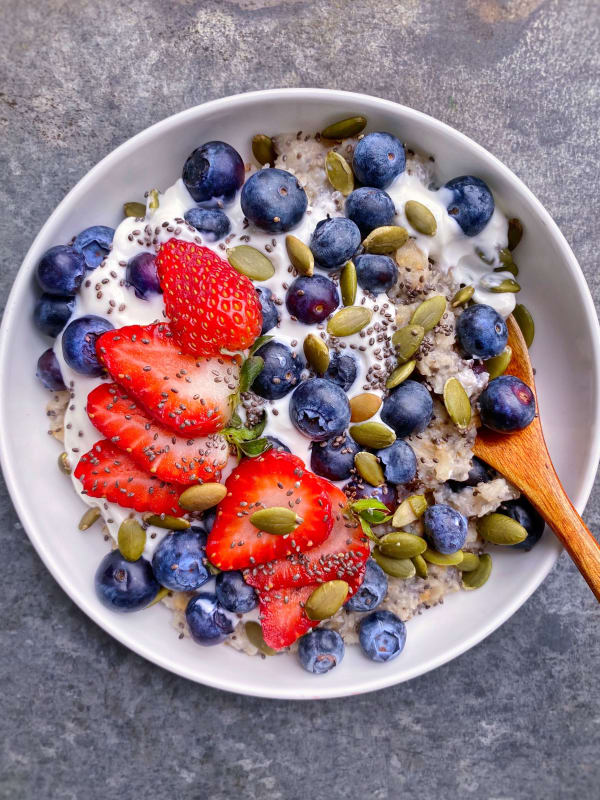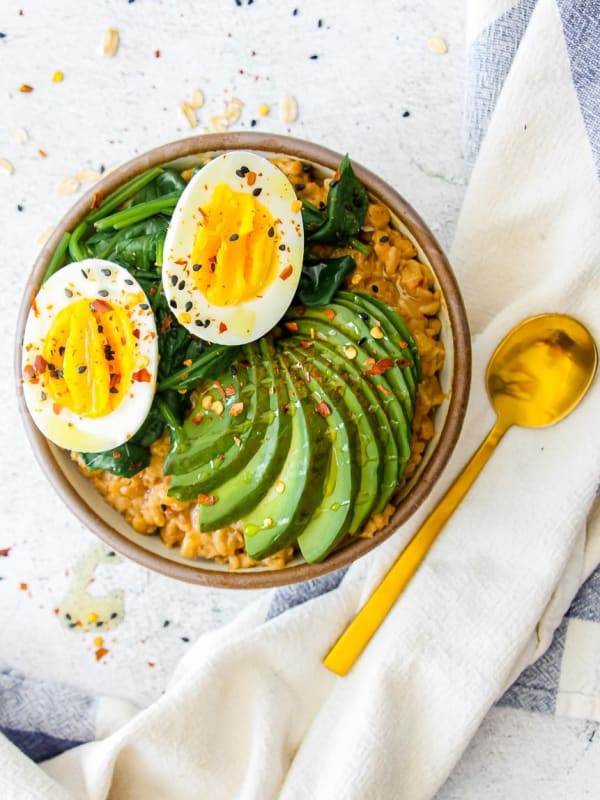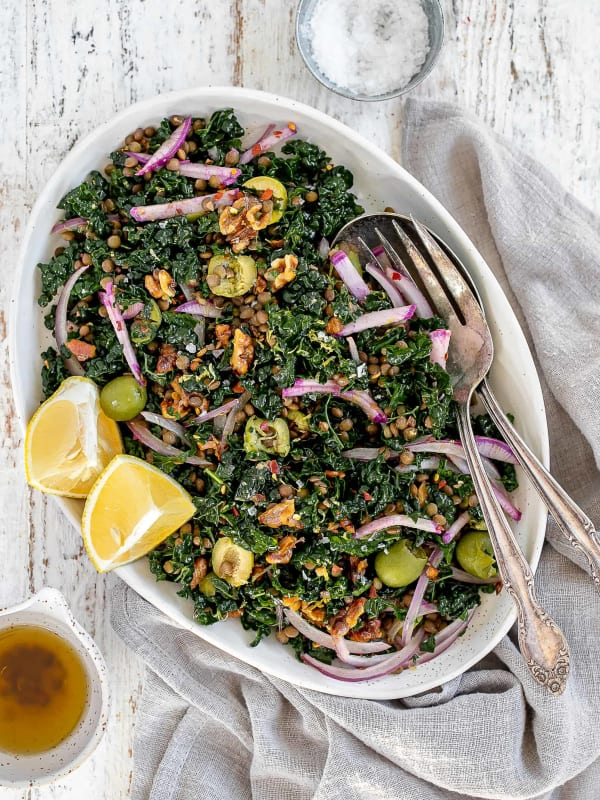Popular Conditions & Diets
Best foods to eat when intermittent fasting

Best foods to eat when intermittent fasting
How to nourish your body during eating windows and support overall well-being while fasting.
Short read
Summary:
Intermittent fasting focuses on when you eat, but what you eat during your eating windows can have a major impact on how you feel and function. Research suggests that nutrient-dense, high-protein, high-fibre meals, paired with healthy fats and proper hydration, can help support energy, digestion, and blood sugar balance throughout fasting cycles. This article breaks down the best foods to include, how to ease into meals after fasting, and why staying hydrated is key. If you’re considering intermittent fasting, speak with your healthcare provider before making changes to your routine.
Intermittent fasting (IF) refers to structured eating patterns that cycle between periods of fasting and eating. The approach varies widely, from time-restricted feeding schedules such as 16:8 (fasting for 16 hours and eating within an 8-hour window) to alternate-day or modified fasting plans.
Research exploring intermittent fasting is ongoing. Studies have suggested potential effects on metabolism, blood sugar regulation, and inflammation, though findings remain mixed and depend on individual factors such as age, activity level, and medical history.
If you are considering intermittent fasting, it’s best to speak with your healthcare provider or a registered dietitian before beginning.
For those who already follow an intermittent fasting pattern, the foods chosen during eating windows can influence how steady energy levels feel and how well the body recovers from fasting periods. The following categories reflect research-informed guidance on foods that may help support balanced nutrition while fasting.
1. Protein-Rich Foods
Protein plays a central role in maintaining muscle mass and promoting satiety. Research suggests that distributing protein evenly throughout meals can help regulate appetite and blood sugar levels.


3. Healthy Fats
Healthy fats provide a slow, sustained energy source and aid in the absorption of fat-soluble vitamins (A, D, E, and K). Some studies have also associated unsaturated fats with cardiovascular benefits.
Examples:
- Avocado, nuts, and seeds (especially chia, flax, and hemp)
- Olive, avocado, and flaxseed oils
- Fatty fish such as salmon, sardines, or mackerel
4. Hydration and Electrolytes
During fasting periods, it’s common to confuse thirst with hunger. Maintaining hydration supports normal metabolic and cognitive function. Electrolytes, minerals like sodium, potassium, and magnesium, are also essential, particularly when fasting for longer durations.
Examples:
- Water (still or sparkling)
- Herbal teas such as mint or ginger
- Coconut water or low-sugar electrolyte drinks
A squeeze of lemon or a small pinch of salt in water can naturally replace minor electrolyte losses.


6. Foods Gentle on Digestion
After fasting, the digestive system may be more sensitive to large or high-fat meals. Many people find it helpful to begin with a smaller, balanced meal or snack that includes fluids, protein, and carbohydrates before progressing to heavier foods.
Examples:
- Smoothies with protein, fruit, and leafy greens
- Greek yogurt with berries and chia seeds
- Vegetable soups or broths before the main meal
Fermented foods such as kefir, sauerkraut, and kimchi may also support digestive health through beneficial bacteria.
7. Foods to Limit
Certain foods and drinks may make fasting more difficult or cause fluctuations in blood sugar, leading to fatigue or irritability.
Examples to limit:
- Sugar-sweetened beverages and refined snacks
- Highly processed or fried foods
- Excess alcohol, especially when breaking a fast
If you found this article helpful, you might also like:
Tags:
